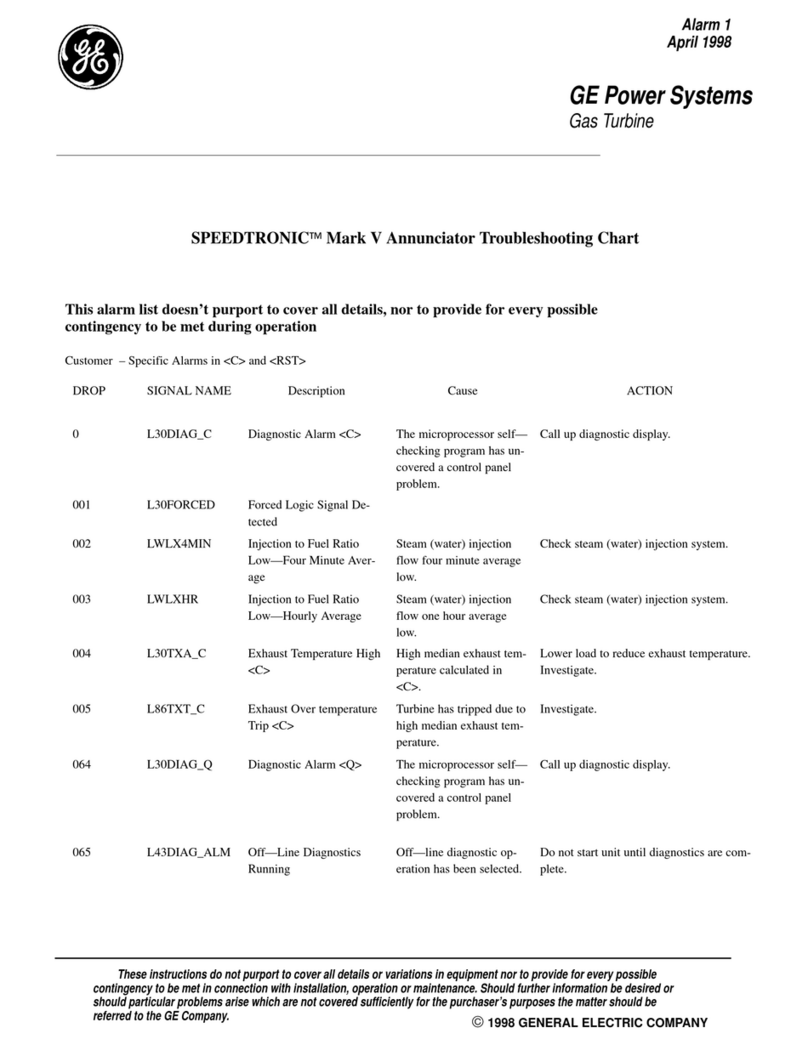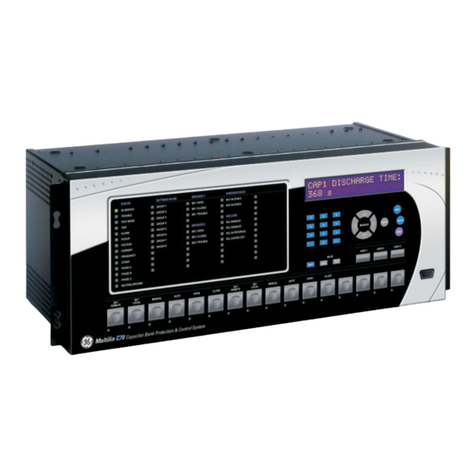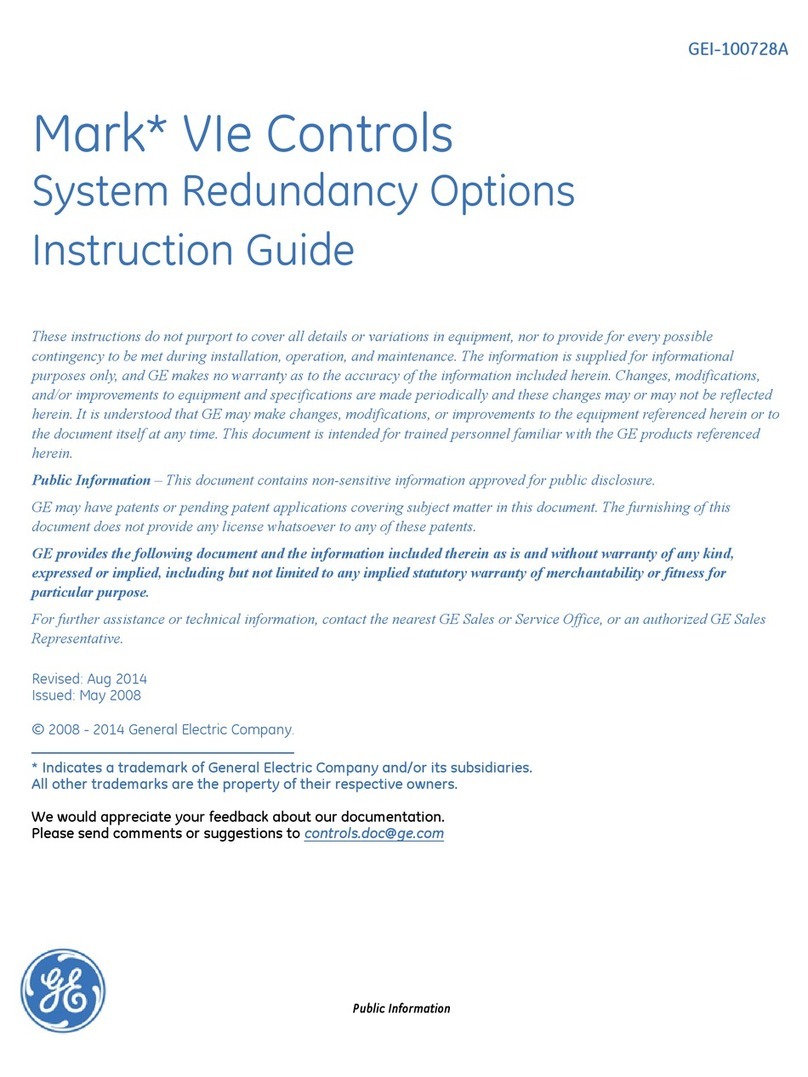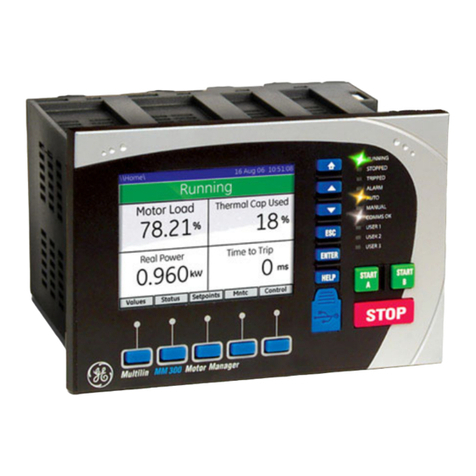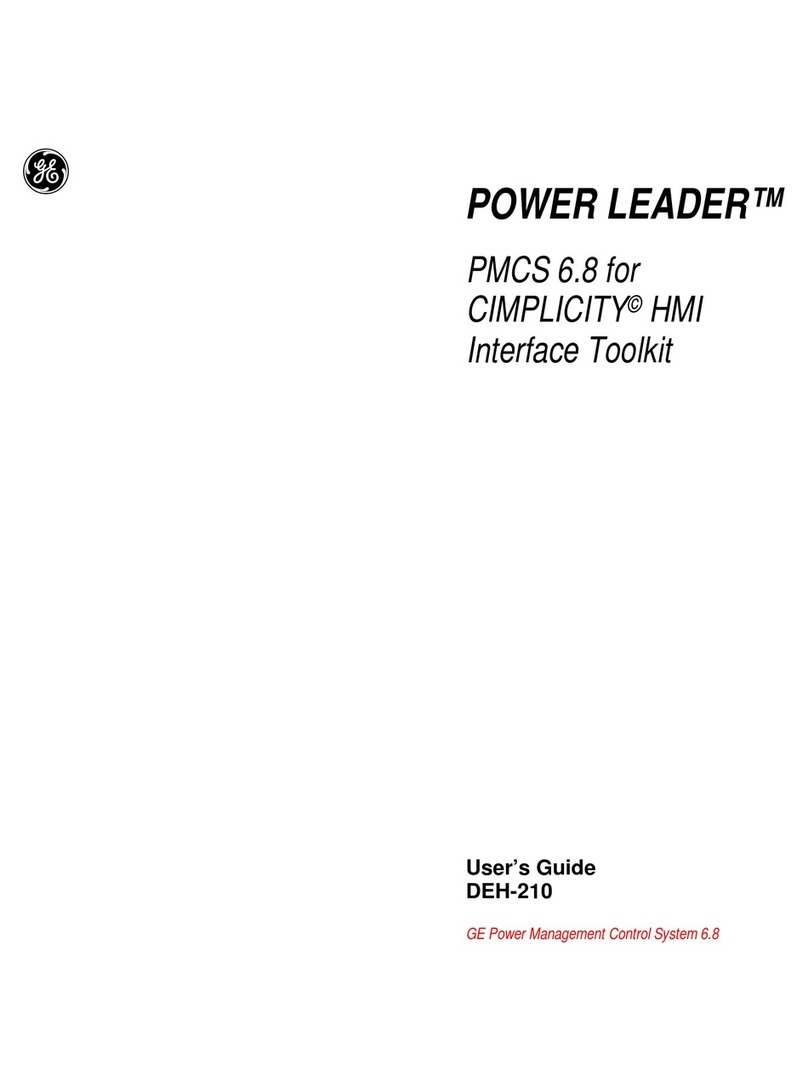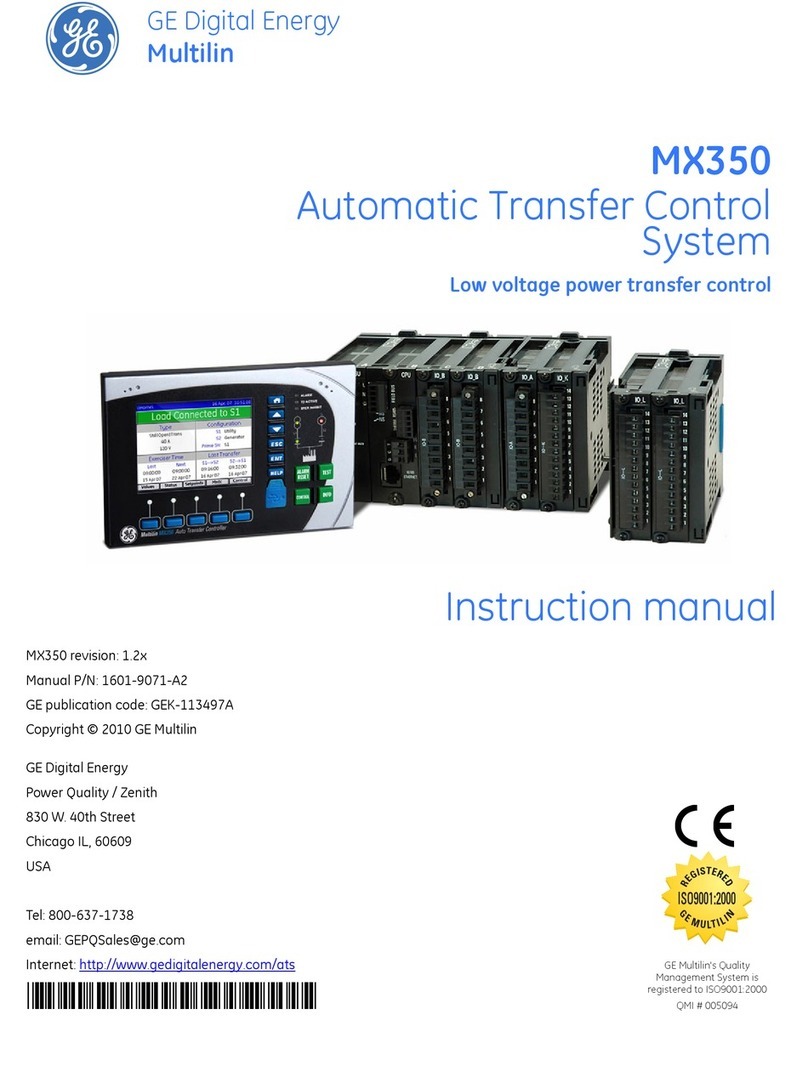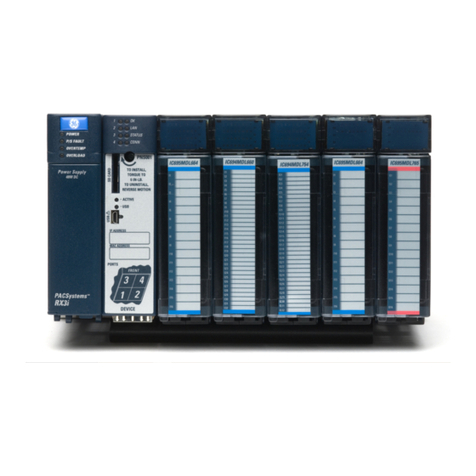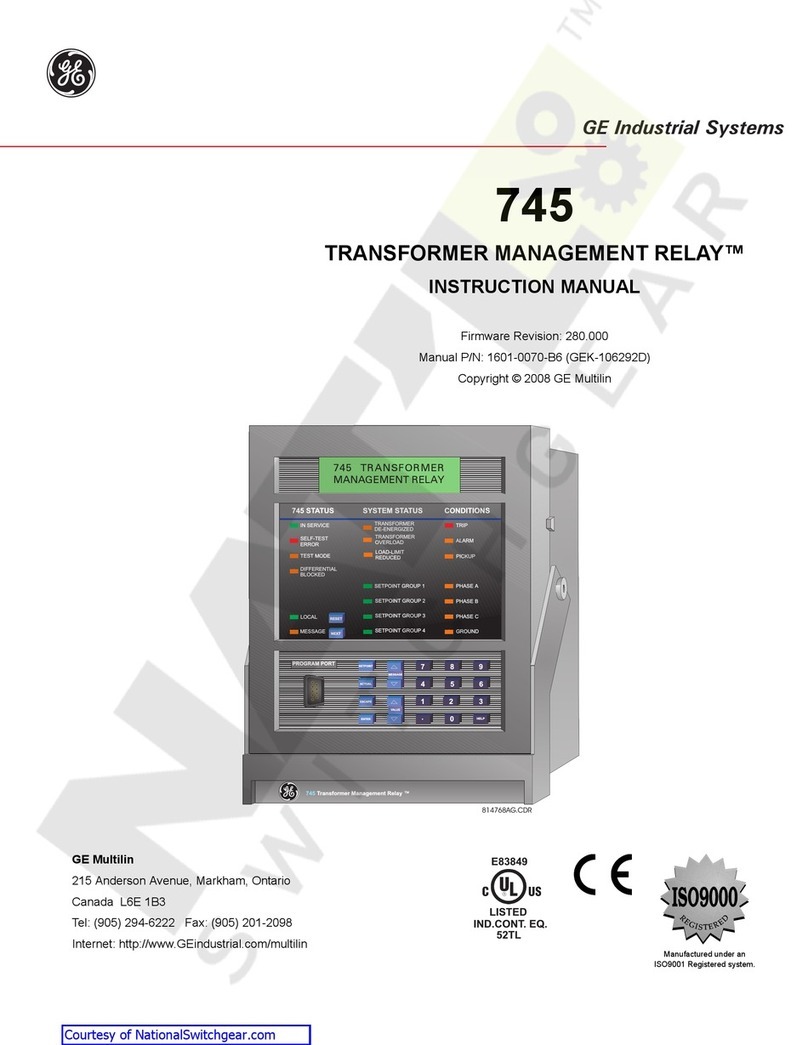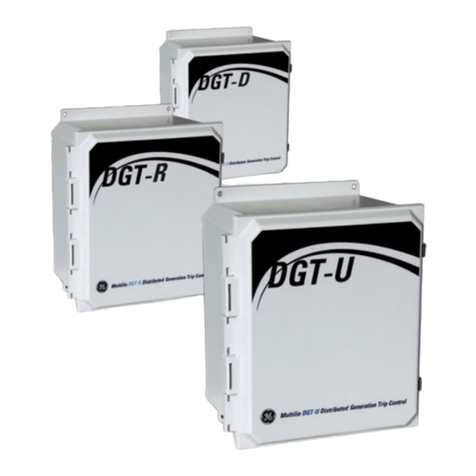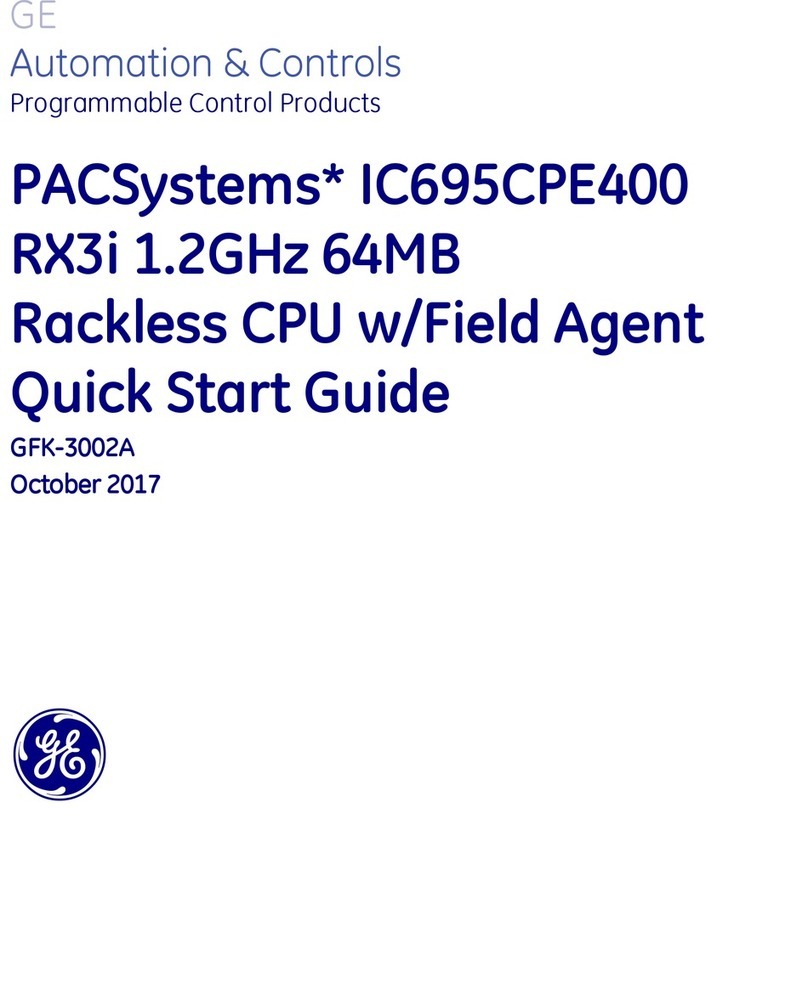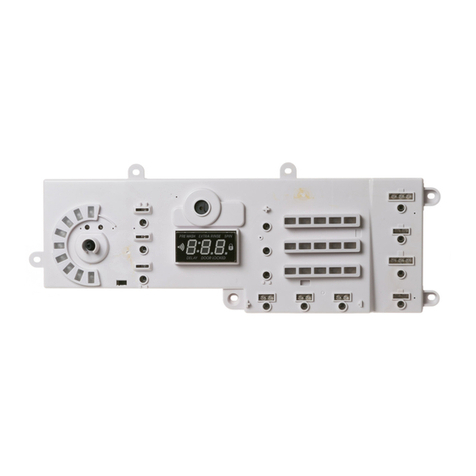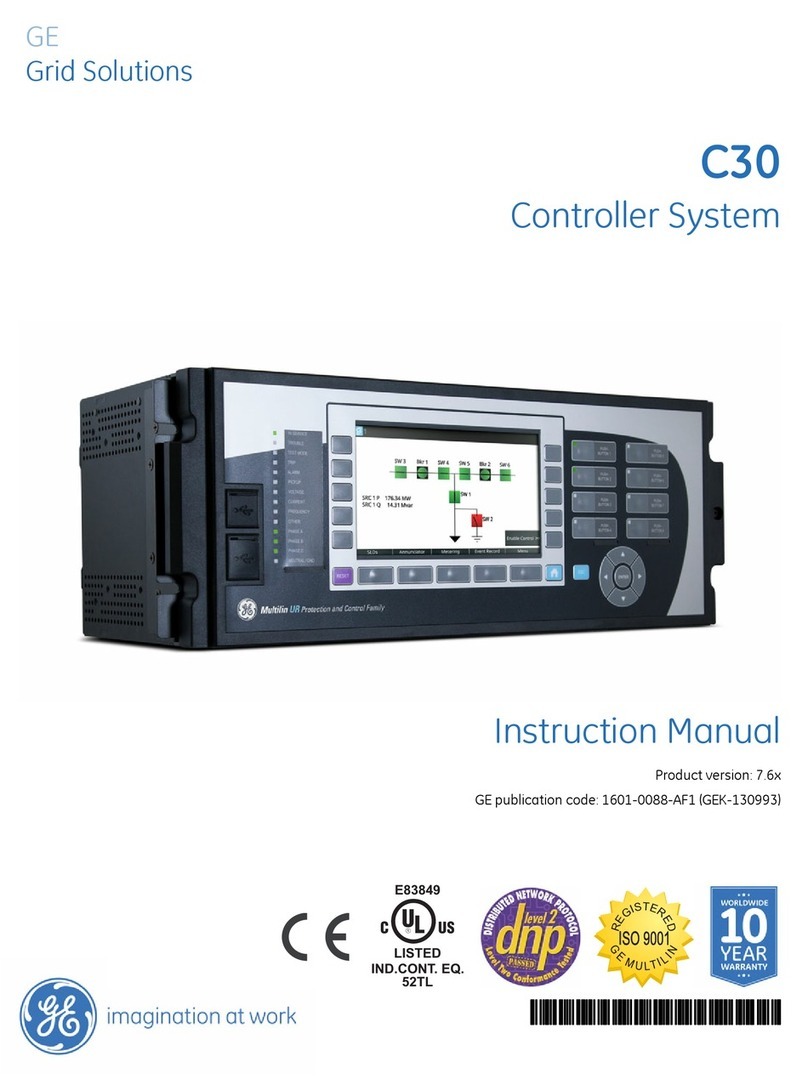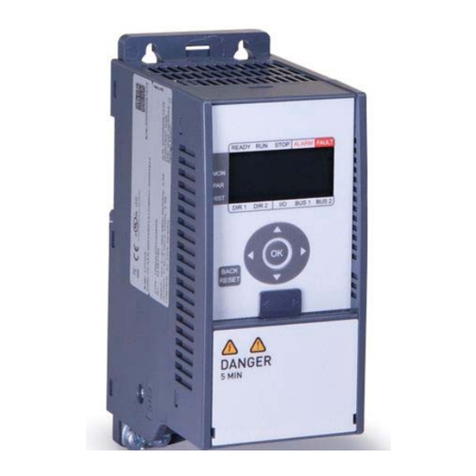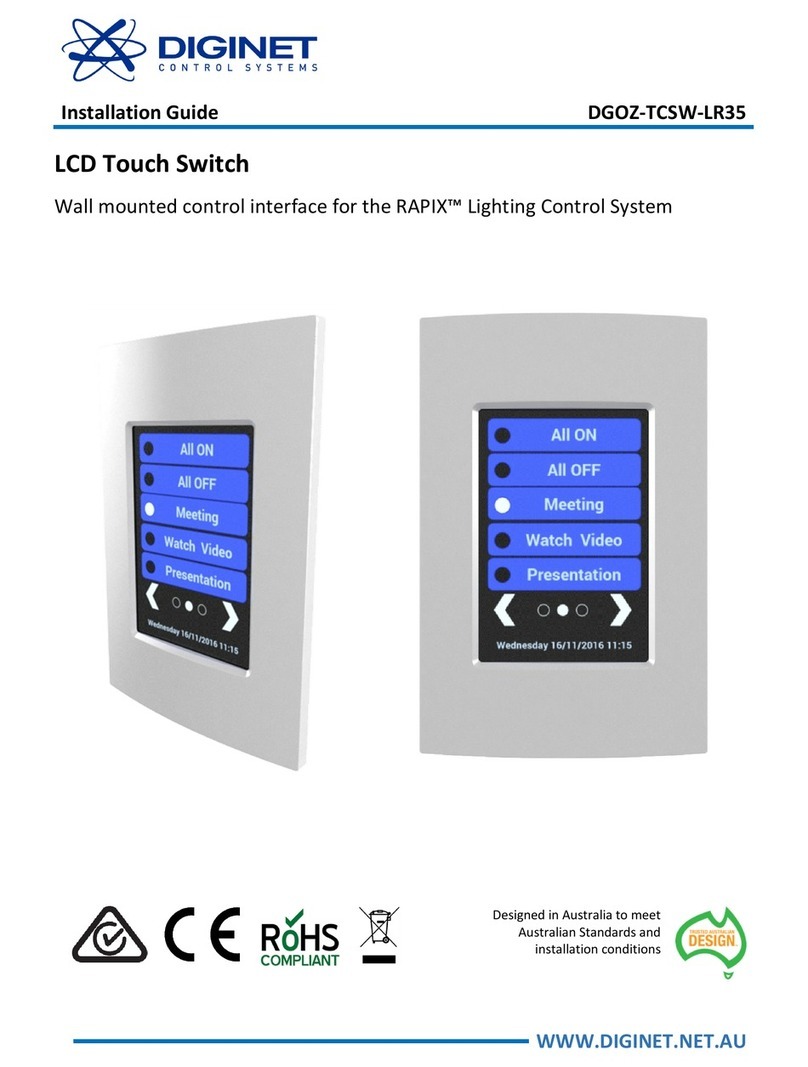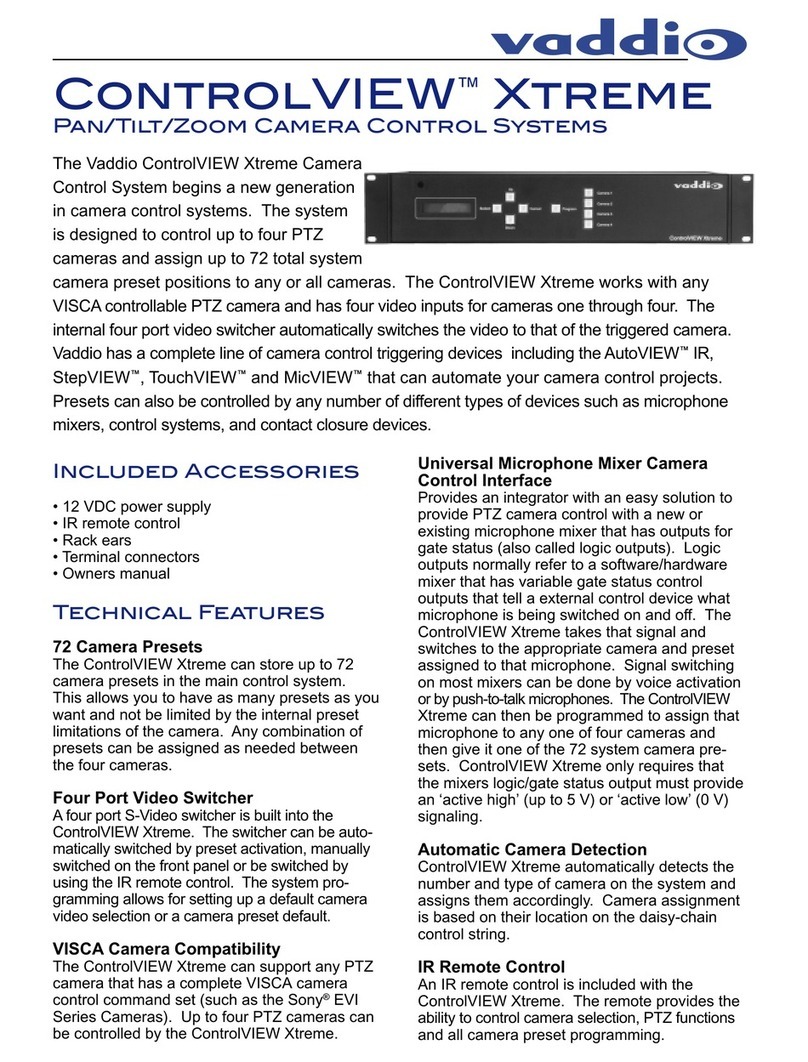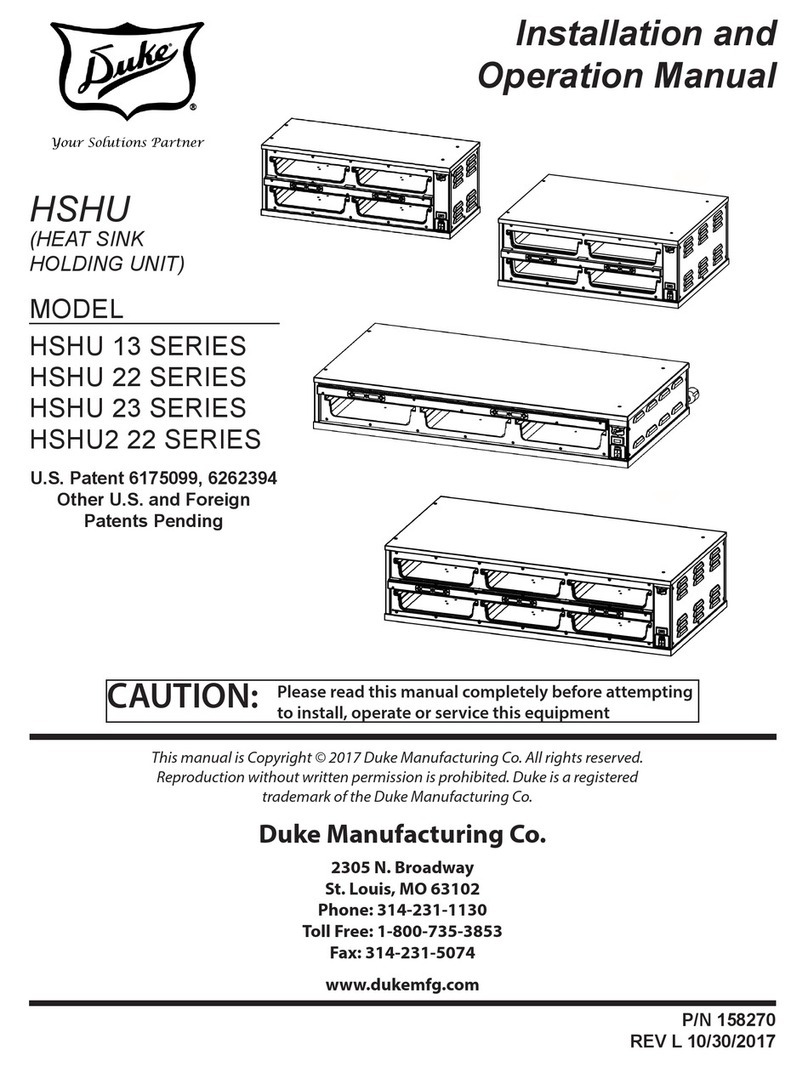
GEK-113285A G650 Generator Protection & Control System 3
TABLE OF CONTENTS
5.5 CONTROL ELEMENTS
5.5.1 SETTING GROUP ........................................................................................... 5-77
5.5.2 UNDERFREQUENCY ELEMENT (81U).......................................................... 5-78
5.5.3 OVERFREQUENCY ELEMENT (81O) ............................................................ 5-78
5.5.4 SYNCHRONISM CHECK ELEMENT - SYNCHROCHECK (25) ..................... 5-79
5.5.5 BREAKER FAILURE ELEMENT (50BF) (ENHANCED MODELS ONLY) ....... 5-88
5.5.6 VT FUSE FAILURE ELEMENT (VTFF) (ENHANCED MODELS ONLY)......... 5-91
5.5.7 PULSE COUNTERS ........................................................................................ 5-92
5.5.8 ANALOG COMPARATORS ............................................................................. 5-94
5.5.9 FREQUENCY RATE OF CHANGE.................................................................. 5-95
5.5.10 LOSS OF MAINS (78V) (FOR ENHANCED MODELS).................................. 5-97
5.5.11 LOSS OF EXCITATION (40)........................................................................... 5-99
5.5.12 ACCIDENTAL ENERGIZATION (50/27) ........................................................ 5-101
5.6 INPUTS/OUTPUTS
5.6.1 INPUT/OUTPUT PLACEMENT...................................................................... 5-103
5.6.2 CONTROL SETTINGS FOR INPUTS/OUTPUTS.......................................... 5-104
5.6.3 INPUTS .......................................................................................................... 5-106
5.6.4 OUTPUTS ...................................................................................................... 5-108
5.6.5 CIRCUIT SUPERVISION AND CONTACT SEAL-IN CIRCUITS ................... 5-110
5.6.6 ANALOG BOARDS SPECIFIC SETTINGS ................................................... 5-120
5.6.7 VIRTUAL INPUTS.......................................................................................... 5-120
5.6.8 VIRTUAL OUTPUTS...................................................................................... 5-121
5.7 TESTING
5.7.1 FORCE IO–INPUT TESTING ........................................................................ 5-122
5.7.2 FORCE IO–OUTPUT TESTING .................................................................... 5-122
5.8 RELAY CONFIGURATION
5.8.1 OUTPUTS ...................................................................................................... 5-123
5.8.2 LEDS.............................................................................................................. 5-125
5.8.3 OPERATIONS................................................................................................ 5-126
5.8.4 PROTECTION ELEMENTS ........................................................................... 5-130
5.8.5 OSCILLOGRAPHY ........................................................................................ 5-132
5.8.6 CONTROL EVENTS ...................................................................................... 5-133
5.8.7 SWITCHGEAR .............................................................................................. 5-135
5.8.8 HMI (HUMAN-MACHINE INTERFACE)......................................................... 5-137
5.9 LOGIC CONFIGURATION (PLC EDITOR)
5.9.1 INTRODUCTION............................................................................................ 5-141
5.9.2 THEORY OF OPERATION ............................................................................ 5-142
5.9.3 MAIN MENU................................................................................................... 5-145
5.9.4 CONFIGURATION GENERATION ................................................................ 5-146
5.9.5 GENERATION OF LIBRARIES ..................................................................... 5-147
5.9.6 EXAMPLE OF APPLICATION ....................................................................... 5-148
6. ACTUAL VALUES 6.1 FRONT PANEL
6.1.1 LEDS.................................................................................................................. 6-1
6.2 STATUS
6.2.1 OPERATION BITS ............................................................................................. 6-2
6.2.2 BREAKER .......................................................................................................... 6-2
6.2.3 PROTECTION.................................................................................................... 6-3
6.2.4 CONTROL ELEMENTS ................................................................................... 6-12
6.2.5 PROTECTION SUMMARY .............................................................................. 6-19
6.2.6 SNAPSHOT EVENTS SUMMARY................................................................... 6-22
6.2.7 MODBUS USER MAP...................................................................................... 6-24
6.2.8 SWITCHGEAR STATUS.................................................................................. 6-24
6.2.9 CALIBRATION ................................................................................................. 6-25
6.2.10 FLEX CURVES ................................................................................................ 6-27
6.2.11 SYSTEM INFO................................................................................................. 6-27
6.2.12 RECORD STATUS .......................................................................................... 6-27
6.3 METERING
6.3.1 PRIMARY VALUES.......................................................................................... 6-32
6.3.2 SECONDARY VALUES ................................................................................... 6-36
6.3.3 PHASOR DIAGRAM ........................................................................................ 6-38
